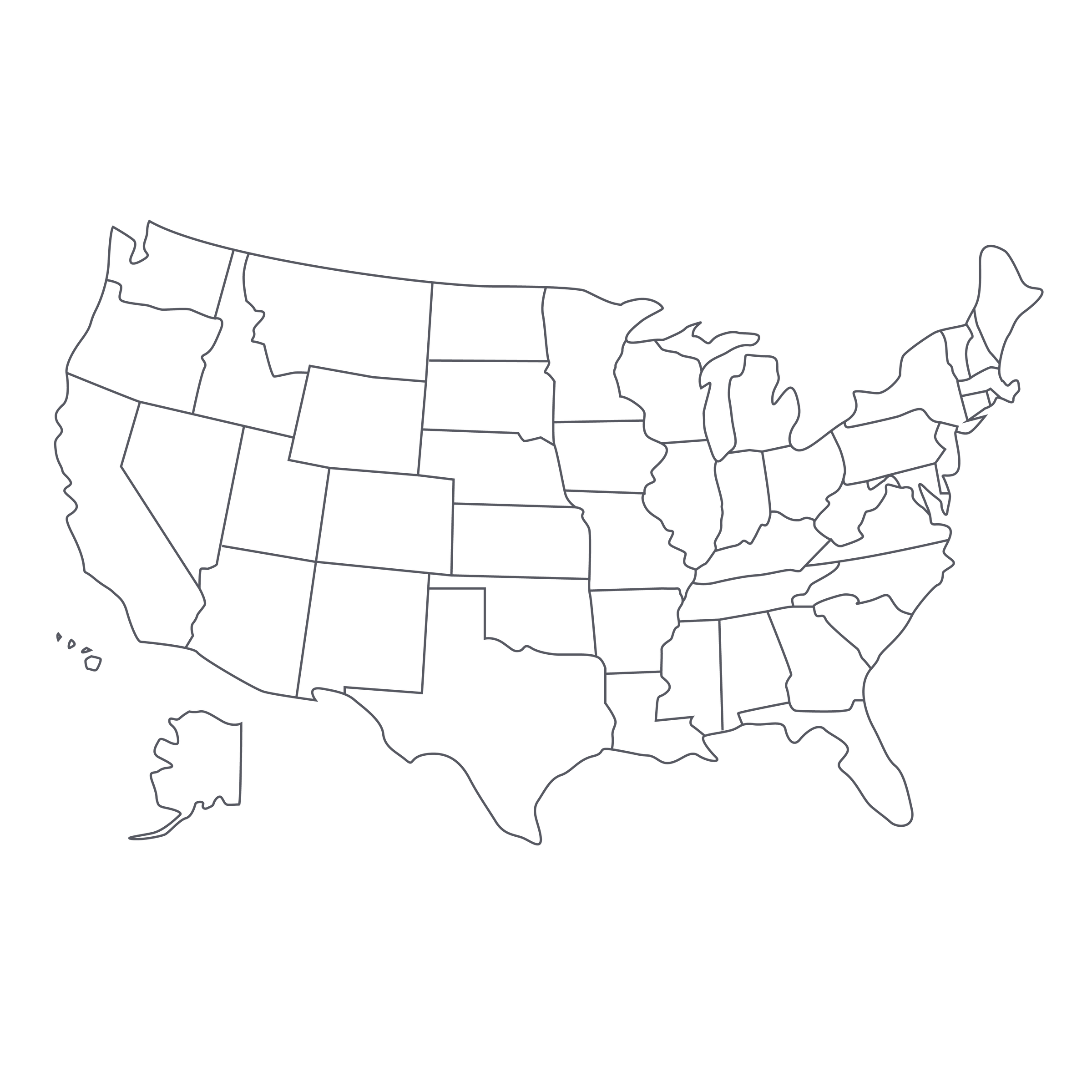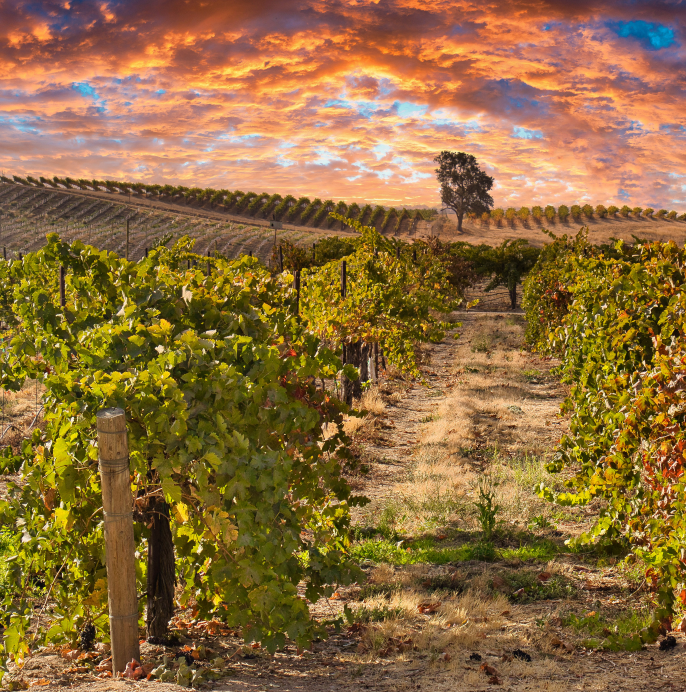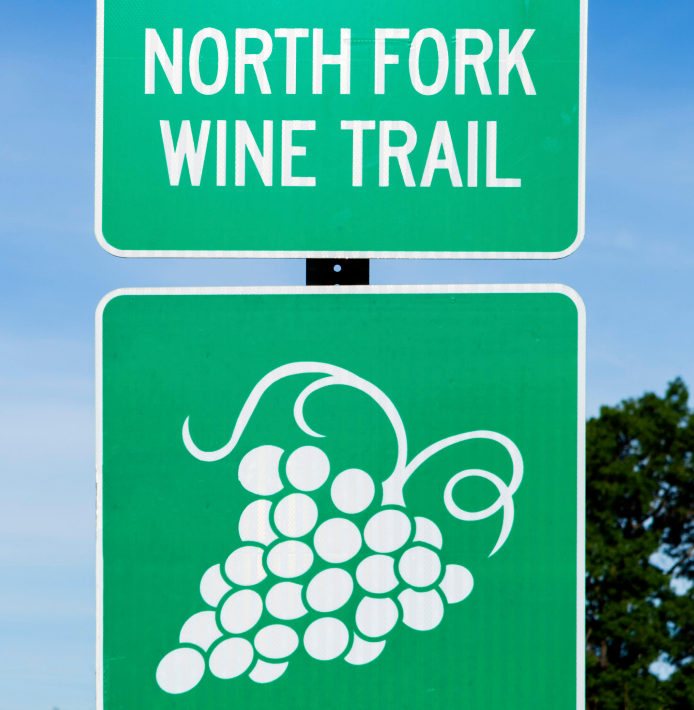The wine classicist in your life would argue that Napa Valley Cabernet Sauvignon has gotten too big, too sweet, too ‘culty,’ and too expensive. They’ll pull out their ’70s- and ’80s-era Cabs from Beaulieu, or Mondavi, or Mayacamas, and grouse that “they don’t make ‘em like they used to.” And while they may have a point, let’s not forget that there are still standard-bearers out there like ninety-something Philip Togni, whose wines are some of Napa Valley’s most enduring classics.
We’ve offered Togni’s “second” wine, called “Tanbark Hill,” several times, but today marks our first offer of the family’s top-of-the-line estate wine. I’m surprised we haven’t offered it every year since we created SommSelect—it’s one of the most important and undervalued Napa Cabernets on the market—but it’s not always so easy to get. The Tognis only produce about 1,600 cases of this wine annually, most of it sold through their mailing list, so we’re thrilled to have a small amount of their sensational 2015 to share with you today. These days, it’s Philip’s daughter, Lisa, who directs this resolutely farmstead-scale operation, and she’s a faithful adherent to the soil-driven, aromatic, powerful-yet-balanced style the estate is celebrated for. This is what I’d call a ‘cornerstone’ wine—an essential, long-lived collectible for anyone with an ambitious cellar. We can offer up to six bottles per person today until our stock runs out, which, if I know our subscribers, I’m certain it will.
Somewhat hidden away up on Spring Mountain, with none of the château-like trappings of some of its Napa neighbors, the Togni operation has never really grown from its original size. This was by design: Their 10 acres of hillside vines (averaging about 30 years of age) are meticulously tended by hand and harvested each year by the Tognis themselves (they live right there on the property) and a small crew. The soils on Spring Mountain are a well-drained mix of sandy/clay loam on a volcanic base, and harvest typically occurs in mid-October. This place is a model of consistency and small-scale perfectionism.
And when you consider the incredible body of work behind it, it’s hard to believe that Togni’s “first” wine is still so reasonably priced relative to Napa’s newer, flashier breed: When the first Togni Cabernet was released in 1983, Philip already had more than 20 California vintages under his belt. British-born and French-trained (by the legendary University of Bordeaux professor Emile Peynaud, no less), Togni worked in Bordeaux (for another legend, Alexis Lichine) before relocating to California in 1958. He later helped plant Mayacamas Vineyards on Mount Veeder, then made acclaimed wines at places like Chappellet and Chalone before striking out on his own.
Profiled in the San Francisco Chronicle back in 2014, he described his wines as having “vinosity,” which is to say: If you’re looking for a chunky, lavishly oaked blockbuster, these wines aren’t for you. In classic Bordeaux fashion, the Tognis describe their wines in terms of how the vineyards are planted, rather than producing a new “tech sheet” each vintage. Yes, the label says “Cabernet Sauvignon,” but of course very few ‘varietal’ wines are actually 100% of the stated variety. Currently, the Togni vineyard composition (and blend) is 82% Cabernet Sauvignon, 15% Merlot, 2% Cabernet Franc and 1% Petit Verdot. This wine spent 20 months aging in French oak barrels, 40% of which were new.
Just now starting to settle into itself, but clearly structured for long-haul aging, the 2015 Togni Cabernet Sauvignon is a deep ruby red in the glass, with garnet and purple reflections at the rim. The brooding mixture of saturated fruit and stony earth on the nose could easily fool you into thinking you were sampling a Left Bank Bordeaux: aromas of black plum, cassis, huckleberry, tobacco, wild herbs, dark chocolate, pencil shavings, and freshly turned earth are unveiled with time and aeration. It’s a full-bodied wine—but not obscenely so—with very fine-grained tannins that make it quite approachable young, but the secret here is a nice chord of freshness that will sustain it over time (in the Lisa Togni era, we’ve noticed the wines are perhaps a shade less tannic in their youth, but still, these are Napa reds for those with more of a Bordeaux palate). Given about 45 minutes in a decanter, it is a silky, elegant pleasure to enjoy now, but its peak drinking window is still a few years away (2020-2025 should be magical). Serve this at 60-65 degrees in your nicest Bordeaux stems with something slow-cooked and soulful. This is a true classic that will elevate any occasion. Enjoy!






